Stary Browar
In 1998, the sprawling site was purchased by Polish businesswoman and philanthropist Grażyna Kulczyk, who transformed it from a post-industrial ruin into a dynamic retail and cultural centre, preserving many of its original 19th-century architectural elements and integrating contemporary art into its public spaces in the process. Opened in 2003, Stary Browar was an immediate success, winning numerous design and innovation awards, and setting a new standard for how heritage buildings could be preserved and repurposed. In terms of urban revitalisation and adaptive reuse, Stary Browar was - and remains - a big deal.
It’s also essentially a massive shopping mall, which - while dazzling in its design - is deliberately disorienting. Covering 130,000m², the labyrinthine complex features over 200 shops and restaurants, multiple food courts, a multiplex cinema, a 5-star hotel and an office tower. While there are indeed some cool works of art inside, and a nifty skywalk connecting two of the buildings, changes in ownership have seen Kulczyk’s art centre ambitions relegated to the Pop Culture Gallery - a ticketed exhibition space located in a separate building on the north side of the complex; with past exhibits on sneaker culture, the Polish School of Poster Art, local street artist Noriaki, and icons like Bjork, David LaChapelle and Iris van Herpen - it’s worth checking out.
The north side of Stary Browar also opens directly onto Dąbrowski Park - a 4ha green space on the site of two 19th-century cemeteries which were obliterated during WWII. As it happens, much of the extended family of Paul von Hindenburg - the Poznań-born German WWI hero-turned-president who helped Hitler rise to power - was buried here in graves that are now untraceable. Today it features a playground and offers a welcome respite from both the retail rabbithole of Stary Browar and high street chaos of adjacent Pówiejska Street.
Open
Open 09:00-21:00. Sun 10:00-20:00.
Associated Venues
/poznan/pop-culture-gallery-stary-browar_173588v
This ticketed 3-floor exhibition space at Stary Browar is curated with a focus on art, pop culutre, urban trends and fashion. Past exhibits have highlighted sneaker culture, the Polish School of Poster Art, local street artist Noriaki, and icons like Bjo


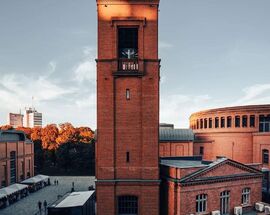
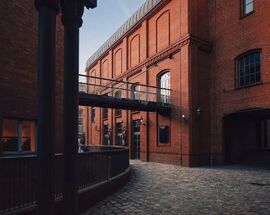
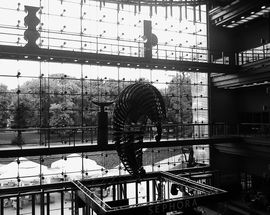
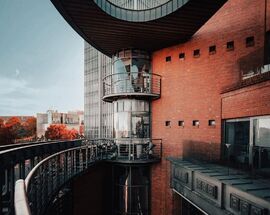
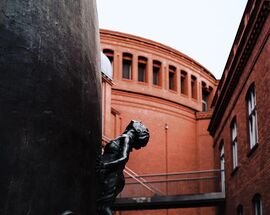
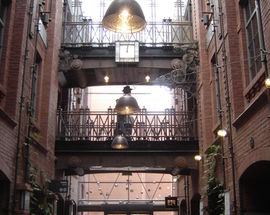
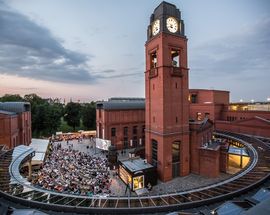
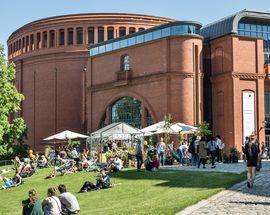
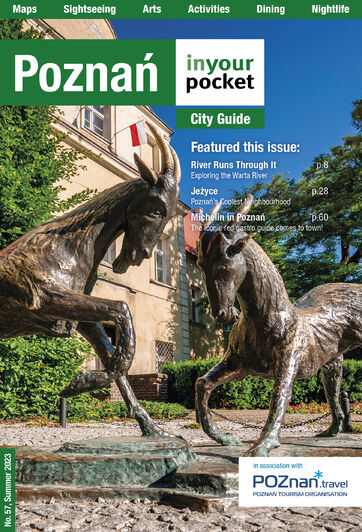
Comments